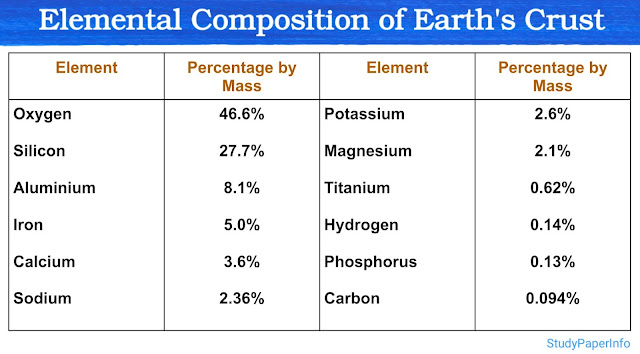What are epigenetic modifications? Give examples
Epigenetic modifications are heritable and reversible changes in gene expression that occur without altering the DNA sequence itself. These changes play a major role in how genes are turned on or off in different cells and at different times. Epigenetics helps explain how the same DNA sequence can produce different types of cells like skin cells, nerve cells and liver cells in the same organism. These modifications are very important during development, cellular differentiation, X-chromosome inactivation in females, genomic imprinting, aging and in many diseases such as cancer. There are the following three main types of epigenetic modifications: 1. DNA Methylation This is the most studied and well-understood form of epigenetic modification. In this process, a methyl group (–CH₃) is added to the cytosine base in DNA, mainly at CpG dinucleotides. These CpG regions are often found in clusters called CpG islands, which are located near gene promoters. DN...


